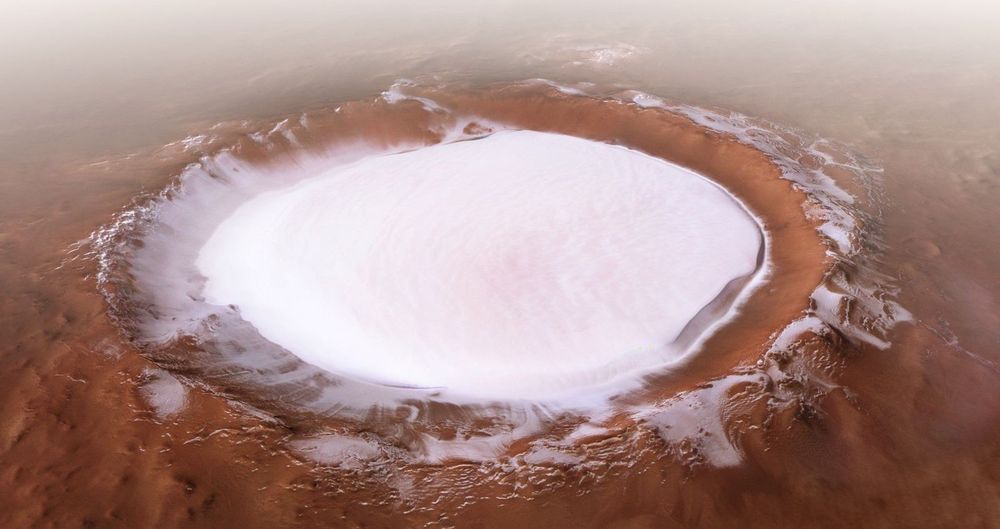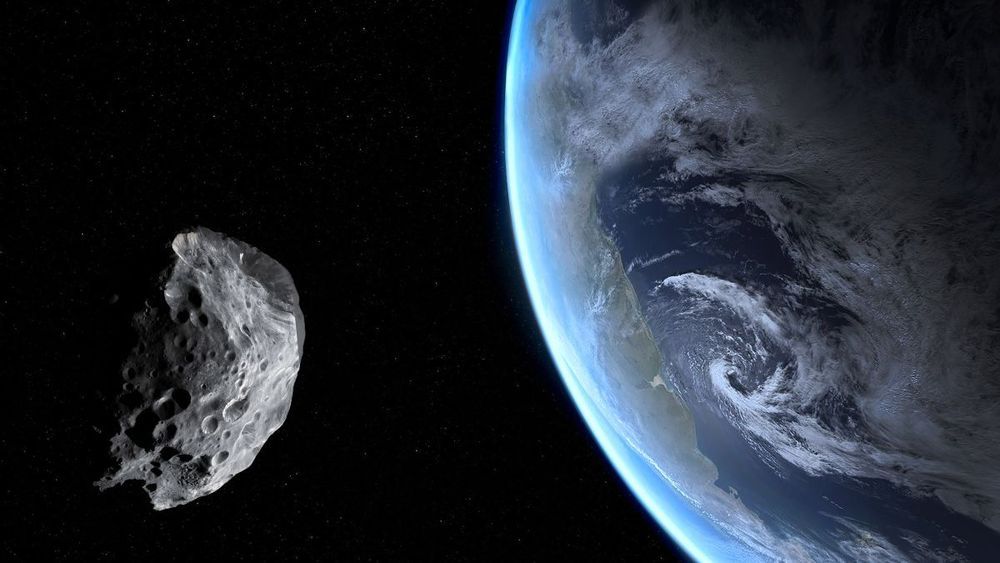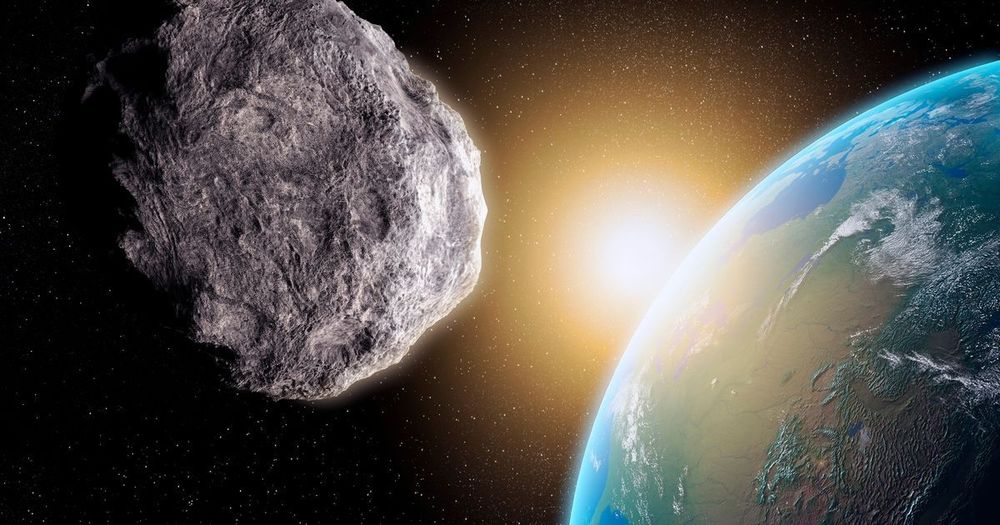Elon Musk has warned many times about the dangers of AI. He sees strong artificial intelligence as an existential risk. Musk therefore wants to develop a brain machine interface or BMI device so we can merge with AI and hopefully develop a symbiotic relationship with artificial intelligence thus solve the AI control problem. Elon Musk has founded the neurotechnology company Neuralink. the company is focused on developing implantable brain machine interfaces. Neuralink has made recent headlines for its newest BMI device presented by Elon Musk.
In the short term, Neuralink’s BMI may be used to fix neurological problems and disorders. As Elon Musk has pointed out, over time, virtually everyone who gets old will suffer at least one if not multiple common neurological issues such as: Memory loss, hearing loss, seizures, strokes, brain damage etc.
With the development of Neuralink’s device, these problems may be a thing of the past. Better yet, the integration of Neuralink’s device with the human brain may advertently solve the artificial intelligence alignment problem by achieving a symbiotic relationship between humans and machines.
This is because there are many cases where an AI and a biological intelligence could benefit from each other’s actions; the AI receiving data from the human brain and the human brain receiving data from the AI. The benefits of this relationship would greatly outweigh the costs to both humans and AI systems; however, it is also very likely that AI systems and biological intelligences will at some point be in conflict.
Elon Musk has commented on the dangers of AI saying it is the greatest risk we face as a civilization. However, in order to prove that Neuralink can solve this problem, two things will need to become clear: how does Neuralink achieve symbiosis with the human brain? And what are the side effects and potential drawbacks of this symbiosis?
#ElonMusk #Neuralink #AI





